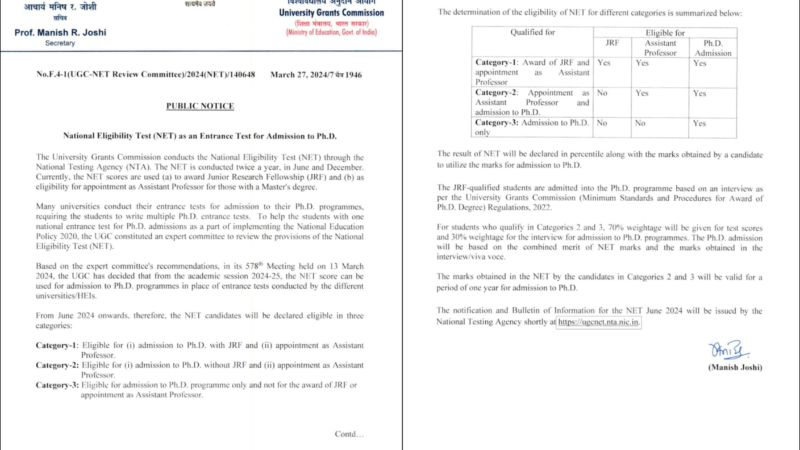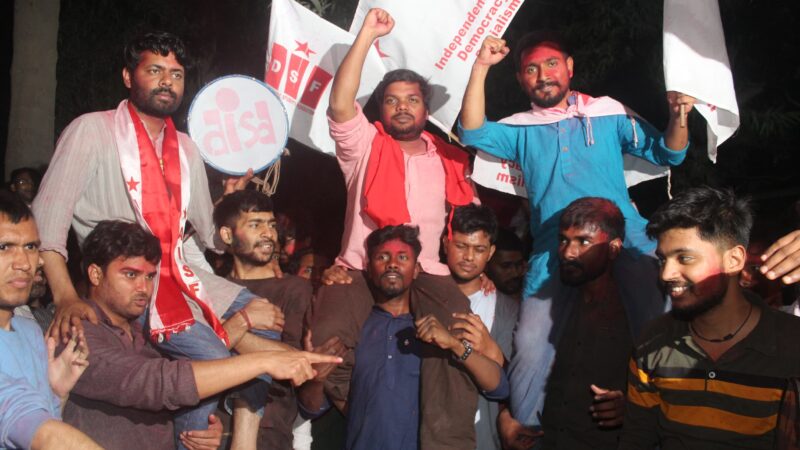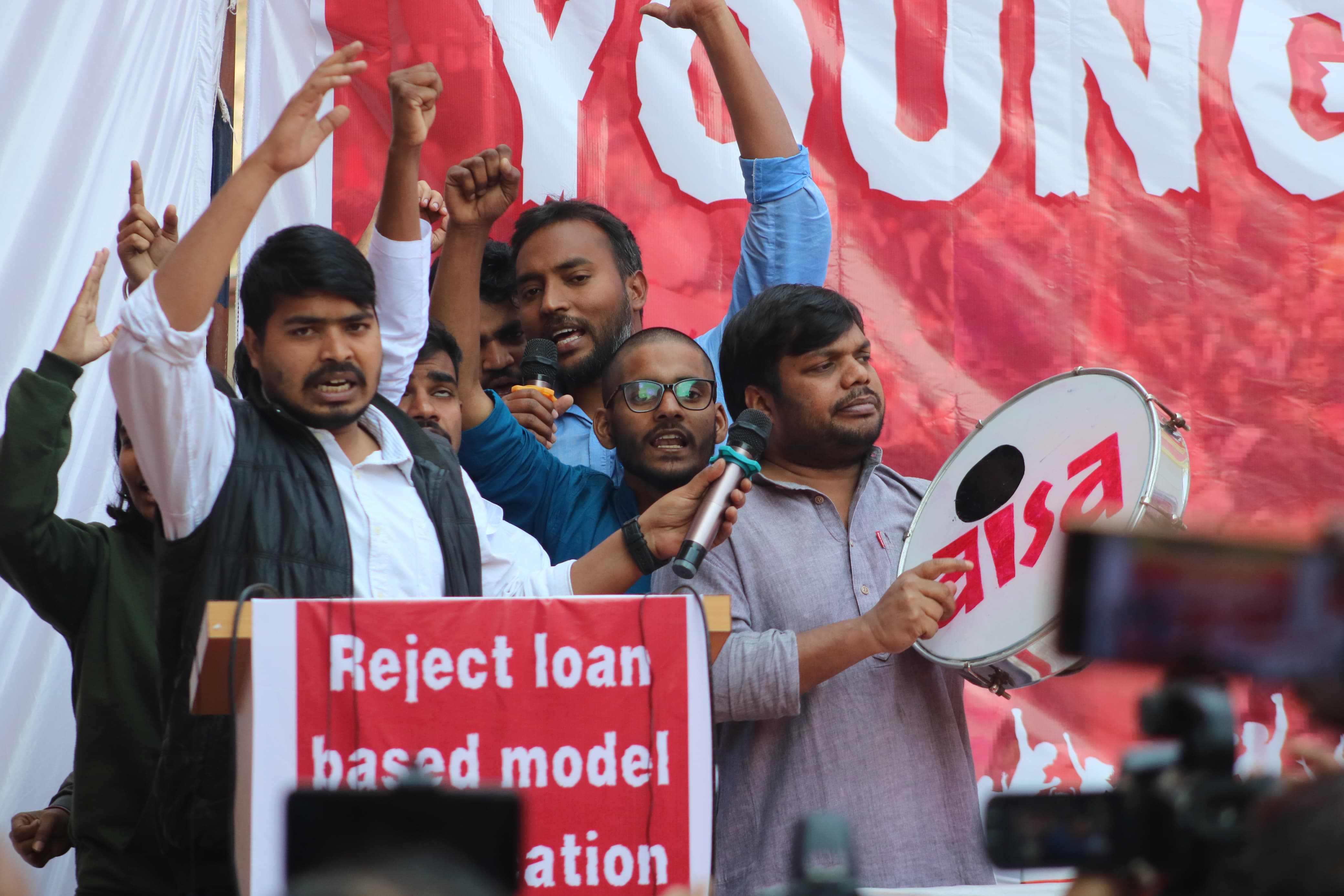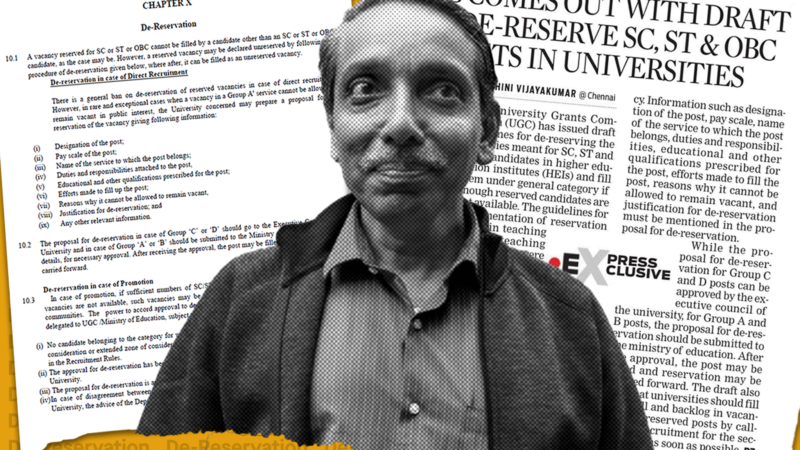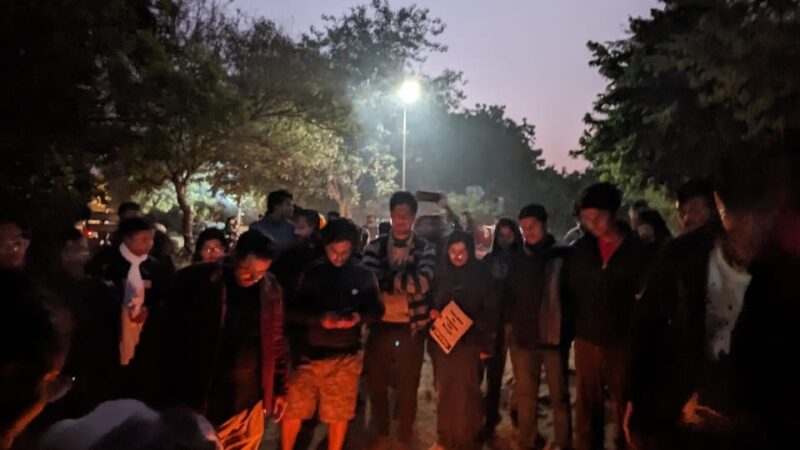NITI Aayog Data Bursts Development Bubble

The first Multidimensional Poverty Index (MPI) report published by the NITI Aayog has resulted in embarrassment for the BJP and its NDA allies. According to the report, India’s national MPI measure uses the globally accepted and robust methodology developed by the Oxford Poverty and Human Development Initiative (OPHDI) and the United Nations Development Programme (UNDP). The data for the report established its baseline from the National Family Health Survey (NFHS) from the 2015-16 period.
The report evoked a strong and hostile reaction from the Nitish Kumar-led Bihar government which has long been a part of the NDA. BJP’s state spokesperson Prem Ranjan Patel called the report a ‘bunch of lies’. The exposure of the myth of Susashan in Bihar under Nitish Kumar demonstrates a wider trend where public relations and promotion of a narrative of development presents a stark contrast with the picture on the ground. Another key BJP state like Gujarat showed visible failure on important issues like nutrition with 41 percent of the population being nutritionally deprived after nearly 15 years of Chief Ministership by Modi himself and some 25 years of BJP rule.
On the other hand, states where BJP has had negligible presence like Kerala and Tamil Nadu have performed remarkably well leading to questions regarding the ‘double engine’ theory that the BJP propounds during assembly elections.
Questioning the Development Narrative
The method of poverty measurement itself is being changed through the MPI report. Earlier this year after the Arvind Panagariya-led task force failed to arrive at a consensus regarding the poverty line, which prompted the creation of an expert panel. Later in the year, the Modi government shelved the 75th Consumer Expenditure Survey report concluded in 2017-18, claiming that the findings of the survey were in contradiction to administrative data. The NITI Aayog hopes to highlight the amount of development that has been affected during the Modi regime by changing the methodology for calculating poverty.
Criticism of the MPI had been made as early as 2010 by Martin Ravallion, the research director of the World Bank. One of the many criticisms he makes is that the MPI is unlikely to measure the effect of economic downturn on the poor. It must be speculated if this is precisely the reason that the NITI Aayog has selected the MPI as an indicator, given the Modi government’s poor economic performance. Sabina Alkire, the co-creator of the MPI, has also accepted that given the weights of the index are rather arbitrary, which in turn allows its designers to simply draw whatever conclusions they would like from the data.
While poverty is indeed multidimensional, the MPI clearly fails to account for the nature of multidimensionality. On the other hand, the individual statistics from the MPI dataset clearly shows how poorly the BJP has fared in several indices. It is important that we expose the attempt by the BJP from sweeping its failures under the rug by performing a statistical trick.
– Article by Aishik Saha
